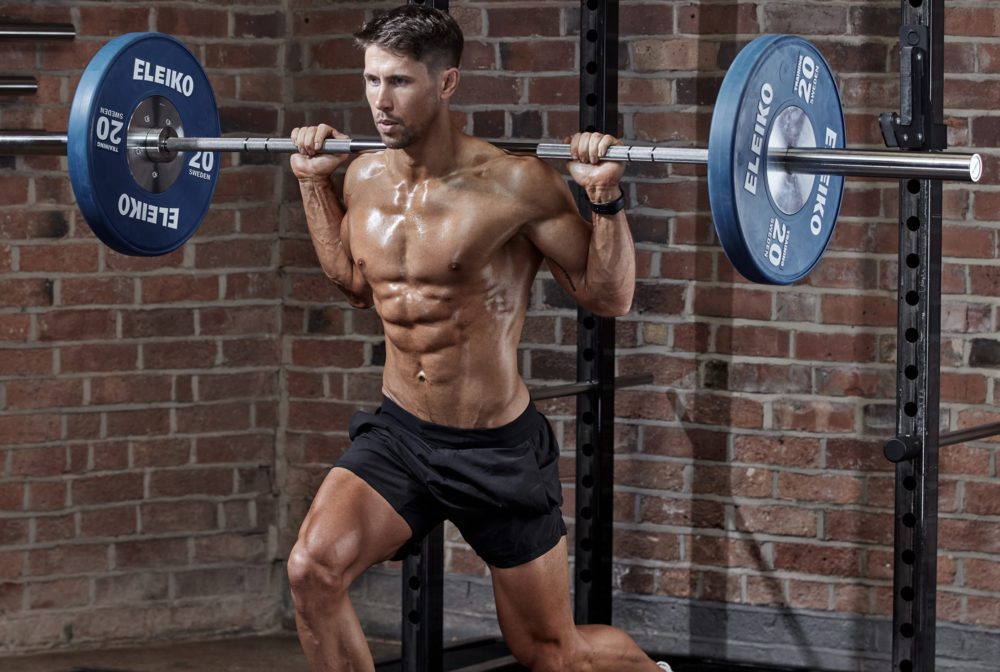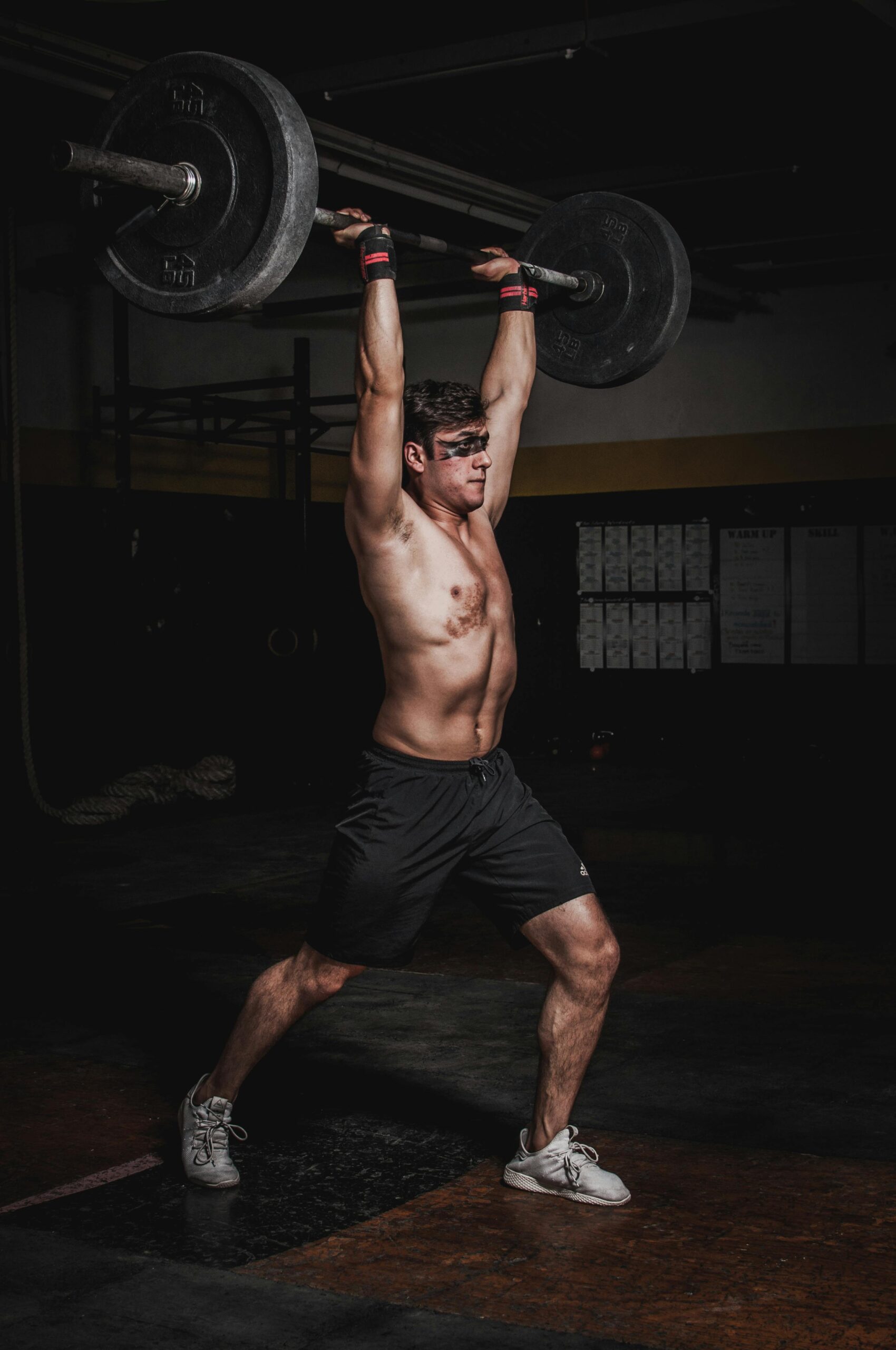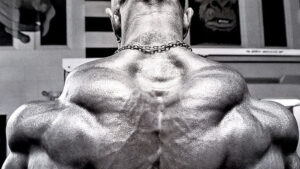“Unlock the secrets of weight lifting bars with our comprehensive guide. Learn about different types, key features, maintenance tips, safety guidelines, popular exercises, and FAQs. Elevate your strength training game today!
Table of Contents
Introduction:
Weight lifting bars are the cornerstone of strength training, offering a sturdy foundation for various exercises aimed at building muscle, improving endurance, and enhancing overall fitness levels. In this comprehensive guide, we delve into the world of weight lifting bars, exploring different types, essential features, maintenance tips, safety guidelines, popular exercises, and frequently asked questions to help you master the art of weight lifting bars.
Understanding Different Types of Weight Lifting Bars
Weight lifting bars come in a diverse array of styles, each designed to cater to specific training needs and preferences. Olympic bars, powerlifting bars, and specialty bars are among the most common types. Olympic bars, characterized by their standardized dimensions and rotating sleeves, are ideal for a wide range of exercises, including bench presses, squats, and deadlifts. Powerlifting bars, on the other hand, are sturdier and more rigid, making them suitable for heavy lifting and maximal strength efforts. Specialty bars, such as curl bars, trap bars, and safety squat bars, offer unique grip variations and biomechanical advantages for specific exercises.
Key Features to Look for in a Weight Lifting Bar
When selecting a weight lifting bar, several key features warrant consideration to ensure optimal performance and comfort during workouts. Knurling, the textured pattern on the bar’s surface, plays a crucial role in providing grip and preventing slippage. The aggressiveness of the knurling can vary, with some bars featuring a more pronounced texture for enhanced grip, while others offer a smoother feel for sensitive hands. Additionally, the diameter and length of the bar, along with the type of sleeve bearings used, can influence its suitability for different exercises and lifting styles. Beginners may prefer bars with moderate knurling and standard dimensions, while advanced lifters may opt for specialty bars tailored to their specific training goals.

Maintenance and Care Tips
Proper maintenance is essential to preserve the integrity and performance of weight lifting bars over time. Regular cleaning and lubrication help prevent rust and corrosion, prolonging the lifespan of the bar and ensuring smooth sleeve rotation. To clean a weight lifting bar, simply wipe it down with a mild detergent and water solution, then dry it thoroughly to remove any moisture. Periodically inspect the bar for signs of wear or damage, such as bent sleeves or chipped knurling, and address any issues promptly to prevent further deterioration. Storing the bar in a dry, climate-controlled environment away from moisture and humidity can also help prevent rust formation and maintain its appearance.
Safety Guidelines
Safety should always be a top priority when using weight lifting bars to prevent injuries and promote long-term progress. Before attempting any exercises, ensure that the bar and weights are securely fastened with collars or clips to prevent them from sliding off during lifts. Start with a proper warm-up routine to prepare your muscles and joints for the workout ahead, focusing on dynamic stretches and mobility exercises. When performing compound lifts such as squats and deadlifts, maintain proper form and technique throughout the movement to minimize the risk of injury. Engage your core muscles, keep your back straight, and lift with controlled, deliberate motions to maximize effectiveness and safety.

Popular Exercises Using Weight Lifting Bars
Weight lifting bars are incredibly versatile tools that can be used to target various muscle groups and movement patterns. From classic compound lifts like the squat, bench press, and deadlift to isolation exercises like bicep curls and triceps extensions, the possibilities are endless. Incorporating a combination of compound and accessory movements into your workout routine can help you achieve balanced muscle development and functional strength. Experiment with different grip widths, stances, and barbell variations to keep your workouts challenging and engaging.

Section 6: FAQs About Weight Lifting Bars
- Q1: What is the standard weight of a weight lifting bar?
- A: Standard weight lifting bars typically weigh around 45 pounds (20 kilograms) for men and 35 pounds (15 kilograms) for women, although specialty bars may vary in weight.
- Q2: How do I determine the correct grip width for bench pressing?
- A: A good rule of thumb is to position your hands slightly wider than shoulder-width apart, allowing for optimal leverage and chest engagement during the lift.
- Q3: Can weight lifting bars be used for cardio exercises?
- A: While weight lifting bars are primarily designed for strength training, they can also be incorporated into high-intensity interval training (HIIT) routines and circuit workouts to elevate heart rate and burn calories. Body Composition Exercises You Need to Try : Unlock Your Fitness Potential
Conclusion:
In conclusion, weight lifting bars are indispensable tools for anyone looking to build strength, improve muscular endurance, and sculpt a lean, athletic physique. By understanding the different types of bars available, key features to look for, maintenance tips, safety guidelines, popular exercises, and frequently asked questions, you can elevate your training to new heights and achieve your fitness goals with confidence. Whether you’re a seasoned lifter or just starting out on your fitness journey, mastering the art of weight lifting bars is sure to yield impressive results and unlock your full potential in the gym
Ready to take your strength training to the next level? Explore our selection of premium weight lifting bars and accessories to equip your home gym with the tools you need to succeed. Visit our website today to learn more and start building the body of your dreams. The Best Testosterone Booster for Muscle Gain




